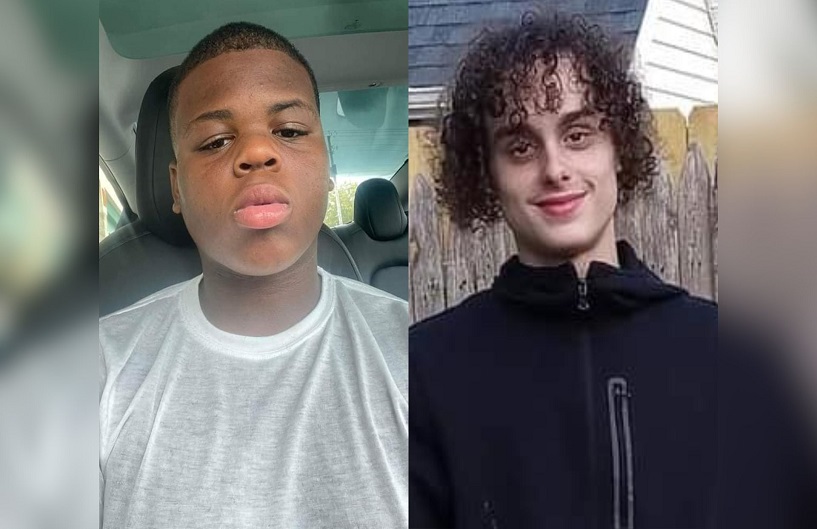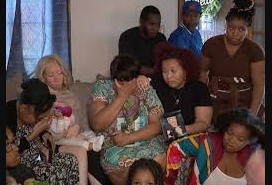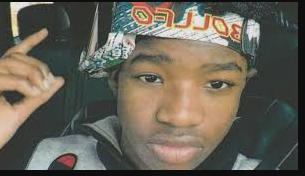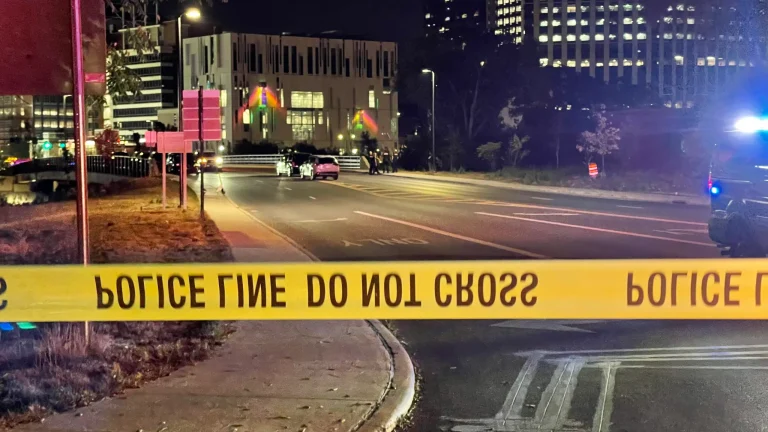14-Year-Old Killed by 16-Year-Old Friend: Teen Sentenced After Fatal Shooting
In a deeply troubling case from Ohio, 17-year-old S. Sopko has been sentenced to life in prison for the murder of 14-year-old B. Hardges, bringing a grim resolution to a case that has left the community shaken. The life sentence, issued by Common Pleas Judge N. Fuerst, highlights the harsh consequences of violent crime among young people.
The tragedy unfolded on November 5, 2023, when Sopko, then 16, and Hardges were at Sopko’s girlfriend’s house. After leaving the home, Sopko bent down, allowing Hardges to walk ahead. In a shocking turn, Sopko then stood up and fired 12 shots into Hardges’s back. As Hardges lay on the ground, Sopko fired a final, fatal shot before fleeing the scene.
Hardges was rushed to a hospital but tragically succumbed to his injuries, leaving his family and community devastated. His mother, S. LeFlore, expressed her profound grief during her victim impact statement in court, holding her son’s ashes as she spoke. “My baby would have had so much to offer,” she said, mourning the loss of her son’s future.
Following an intensive investigation, police linked Sopko to the crime through phone and social media records, as well as ballistic evidence. He was arrested on January 4, 2024, by the Northern Ohio Violent Fugitive Task Force after initially attempting to barricade himself. The motive for the murder remains unclear, leaving the victim’s family and community searching for answers. In court, LeFlore expressed her anguish over the lack of explanation from Sopko. “I wanted him to say why. I think the world wants to know why,” she said.
Judge Fuerst condemned the killing as “cruel and brutal,” reflecting these sentiments in the life sentence handed down, with parole eligibility after 31 years. In addition to the aggravated murder charge, Sopko was found guilty of felonious assault, resulting in an extended sentence that underscores the gravity of his actions. The judge emphasized that such violence goes far beyond “youthful indiscretion or bad judgment.”
As the community mourns Hardges’s loss, attention has turned to healing and preventing future violence. This case stands as a somber reminder of the tragic potential of unresolved issues among youth, highlighting the need for support systems and preventive measures. Though legally resolved, the case leaves lingering questions, with family and friends remembering Hardges as a kind-hearted young man with big dreams. His untimely death serves as a call to action against youth violence, underscoring the community’s desire for answers and hope for change.






